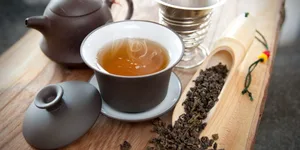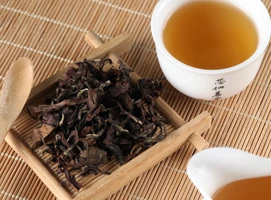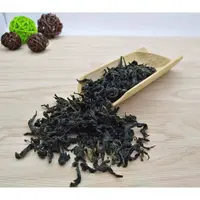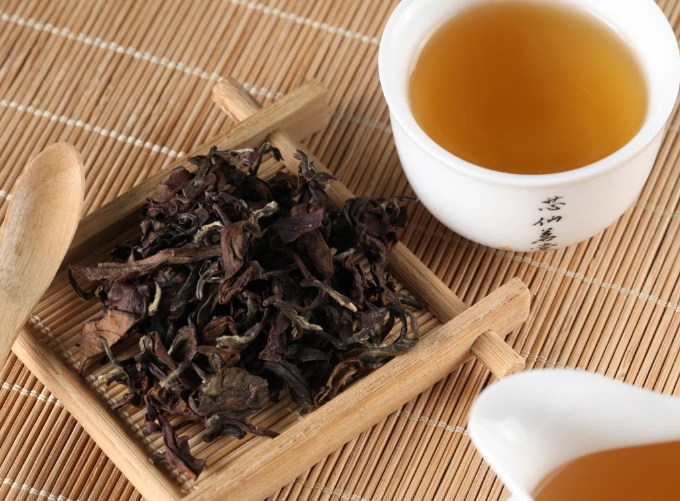

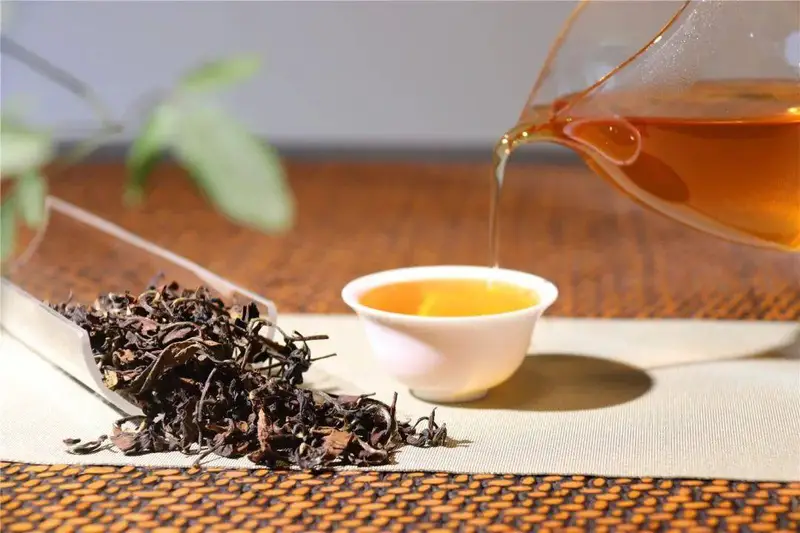
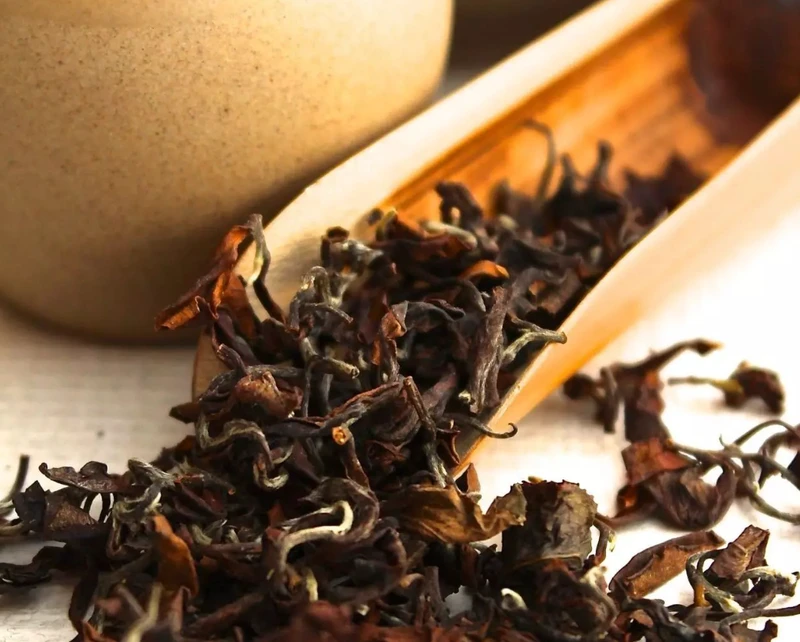

Dong Fang Mei Ren (Oriental Beauty)
Origin
Taiwan
Category
Oolong Tea
Harvest Time
Summer
Processing
Heavy Fermentation & Light Roasting
Description
Dong Fang Mei Ren, also known as 'Oriental Beauty' or 'Bai Hao Oolong,' is a sweet, honey-like oolong tea from Taiwan. Made from leaves bitten by leafhoppers, it is known for its unique fruity, honeyed flavor and beautiful appearance.
